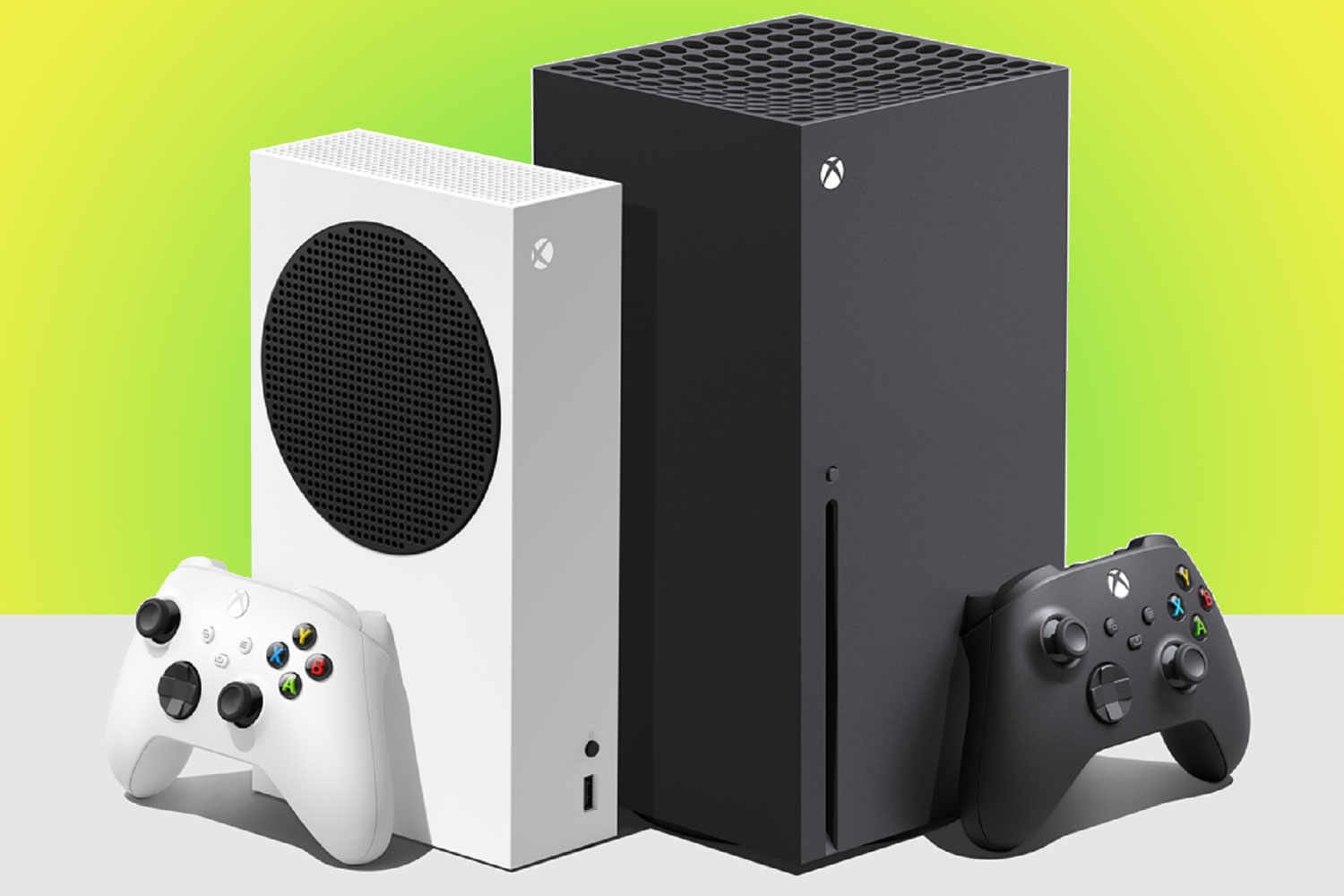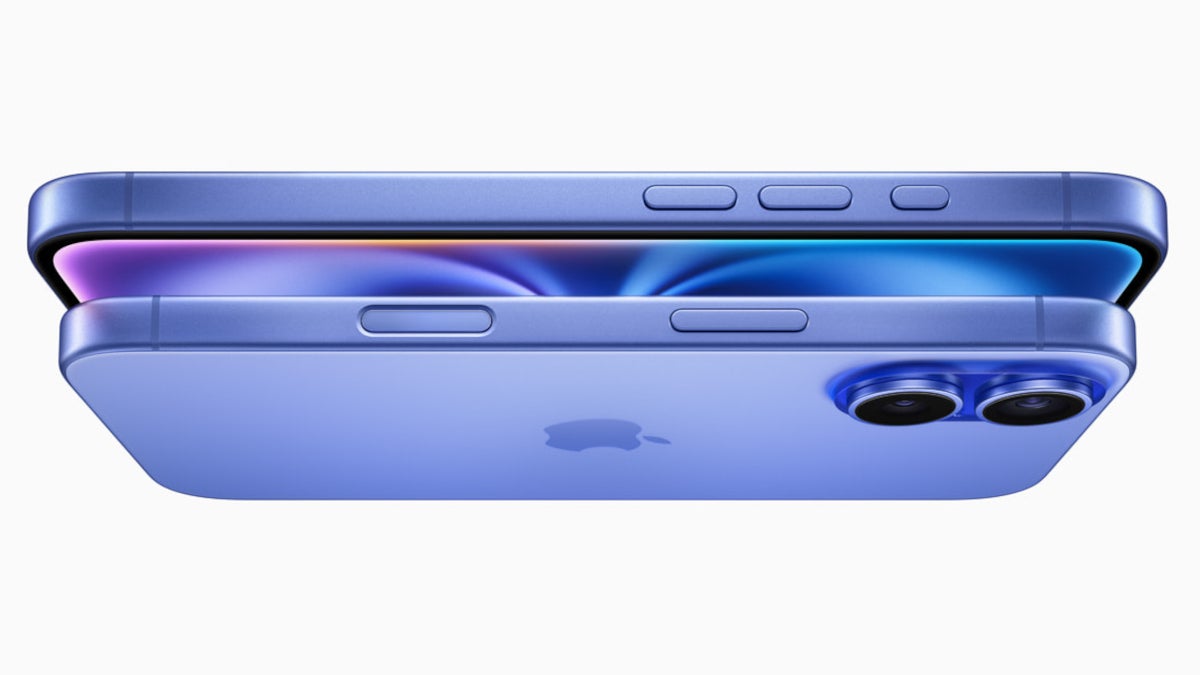Xbox Series X vs Series S specs
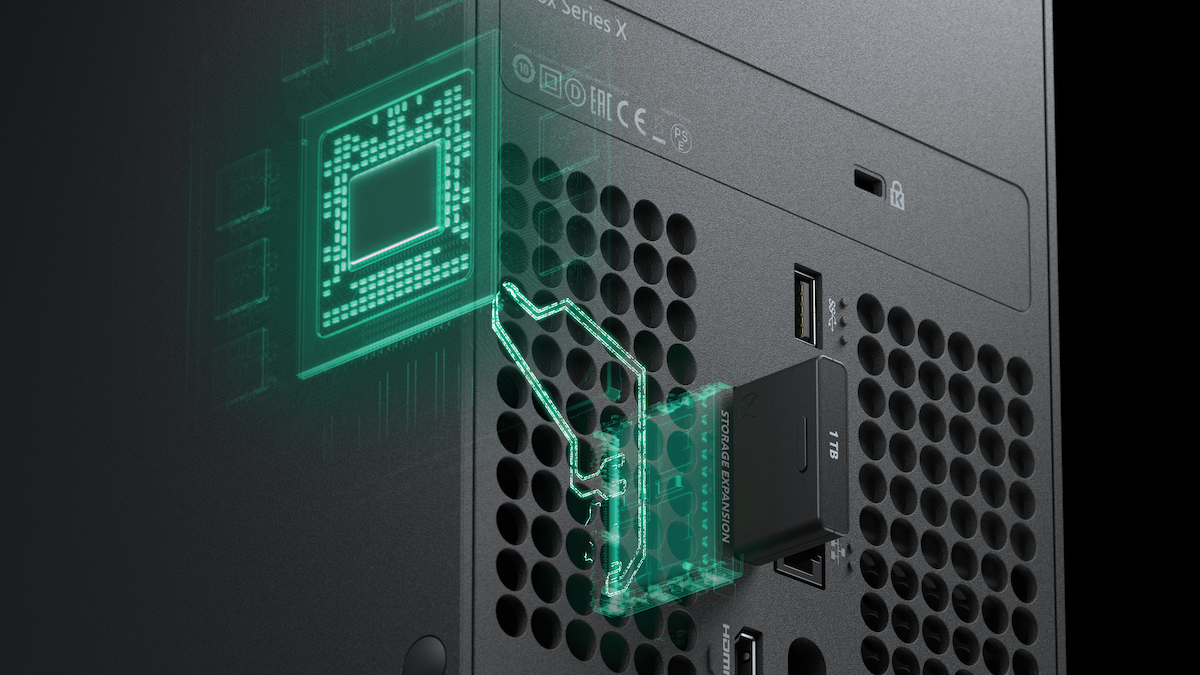
In other words, what does the Series X do that the Series S doesn’t? It’s all about the hardware and performance. The Xbox Series X is, simply put, the most powerful console ever made, squeezing past even the beastly PlayStation 5 in raw computational power —and the spec gap between the Series X and its Series S brother is even greater.
Check out Microsoft’s official spec sheet, which directly compares the two consoles (note that there is also now a 1TB model of the Series S available, which is not reflected in the below table:
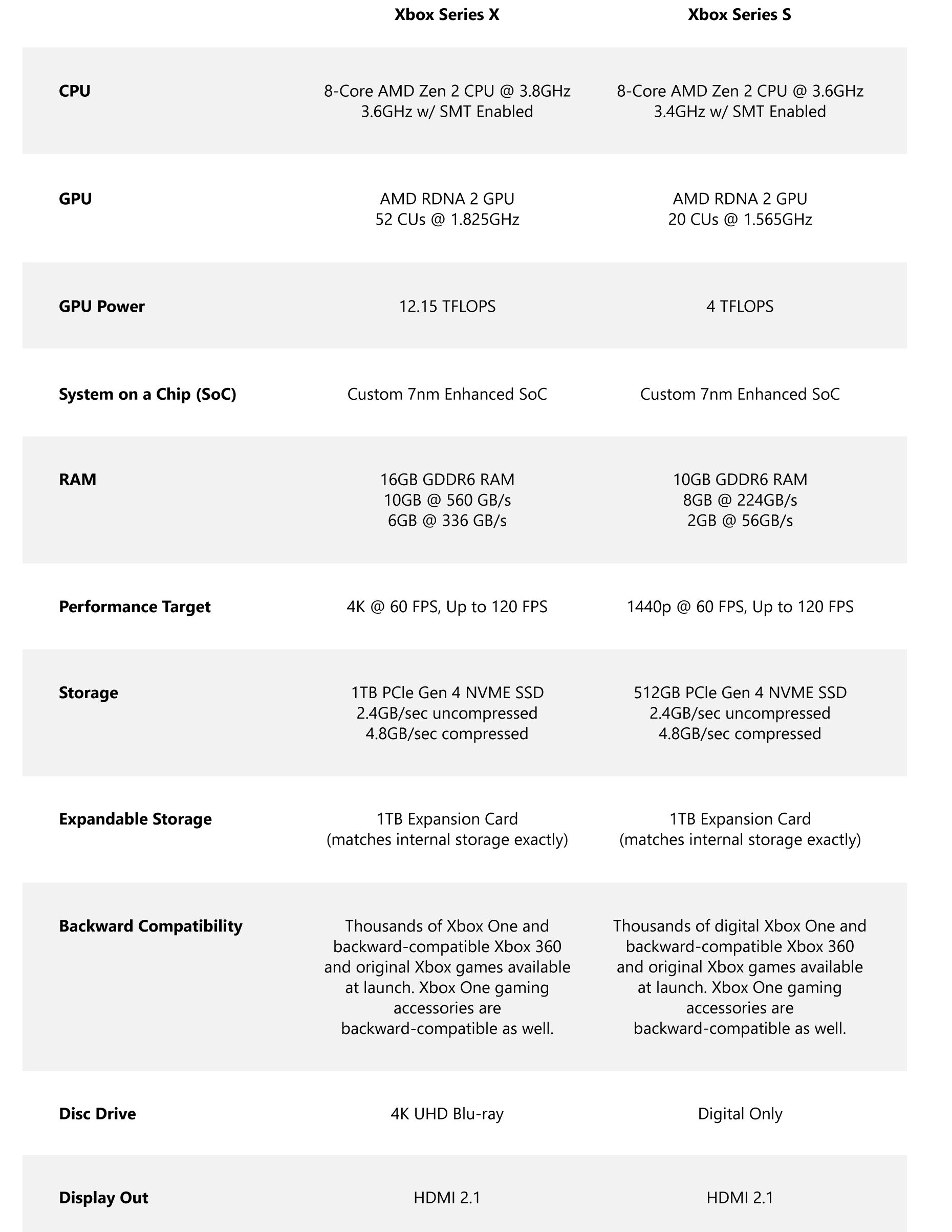

Xbox Series X vs Series S performance
But what do all those numbers mean in the real world? For starters, the Series X’s 12 teraflop GPU lets it handle up to 4K/120fps gaming, which is a feat previously reserved for the beefiest of gaming PCs. Note we said “up to”, as demanding AAA games will still likely be hovering around the 4K/60 FPS mark, although a few heavy hitters like Halo: Infinite can push 120fps at 4K. In contrast, while both consoles share similarly powerful AMD processors, the Series S’ GPU has less RAM and power in general, capable of pushing out only four teraflops in comparison.
We’re not going to dive into what teraflops are, or shove boring performance graphs down your throats. Instead, all you need to know is that the Series S is designed to provide the same smooth up-to 120fps gaming experience, just at a lower 1440p (or, if you prefer, 2K) resolution. While some less demanding games can run at 4K on the Series S, Microsoft is aiming the Series S at gamers that don’t need the highest frame rates and resolutions, as well as those with non-4K monitors. That seems pretty reasonable if you ask us.
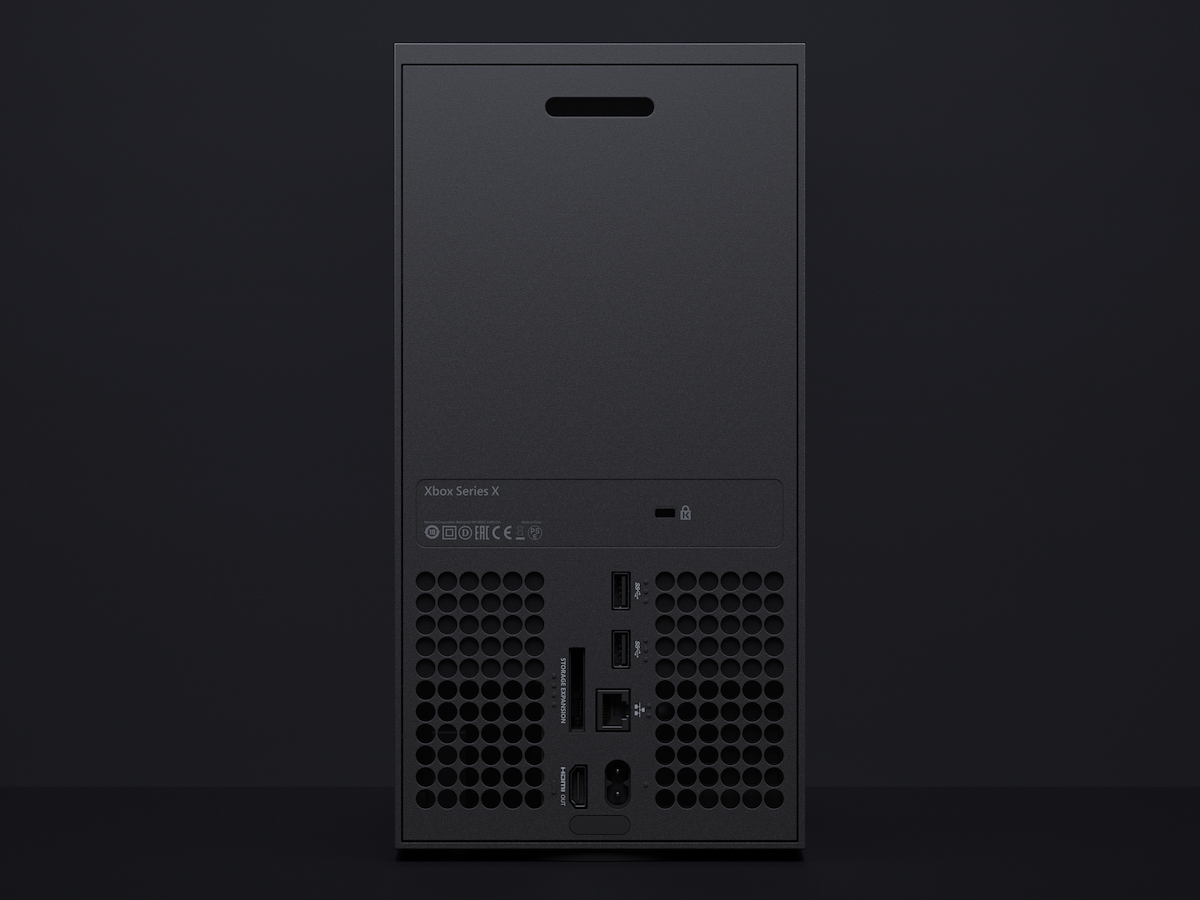

Any other differences?
Other key differences are the fact that the Series X has a 4K UHD Blu-ray drive for playing physical copies of games and films, with a larger 1TB SSD to boot compared to the base 512GB Series S model. In contrast, the Series S is a digital-only affair, meaning you’ll have to download your games and stream content. In this digital age, that’s unlikely to be a differentiator for most of us – unless you get the majority of your games from second-hand stores. The Series S’ 512GB SSD might be problematic for more serious gamers though, as it’ll only store around a maximum of five AAA games at a time, compared to around 16 games on the Series X — if you think that might be a problem, then the 1TB Series S model is definitely the way to go.
Software-wise the Series X still provides the same apps, as well as features like Quick Resume, and, of course, super-speedy next-gen load times.

